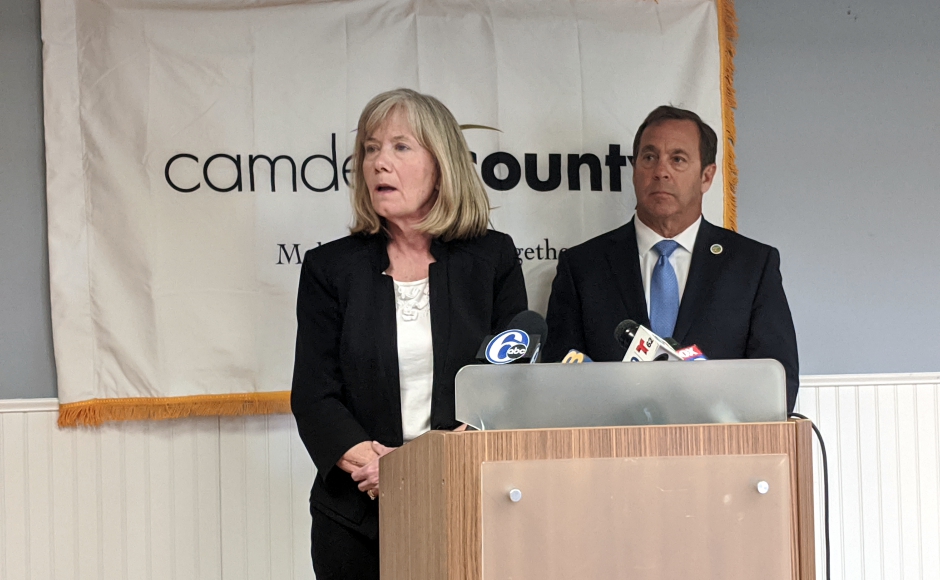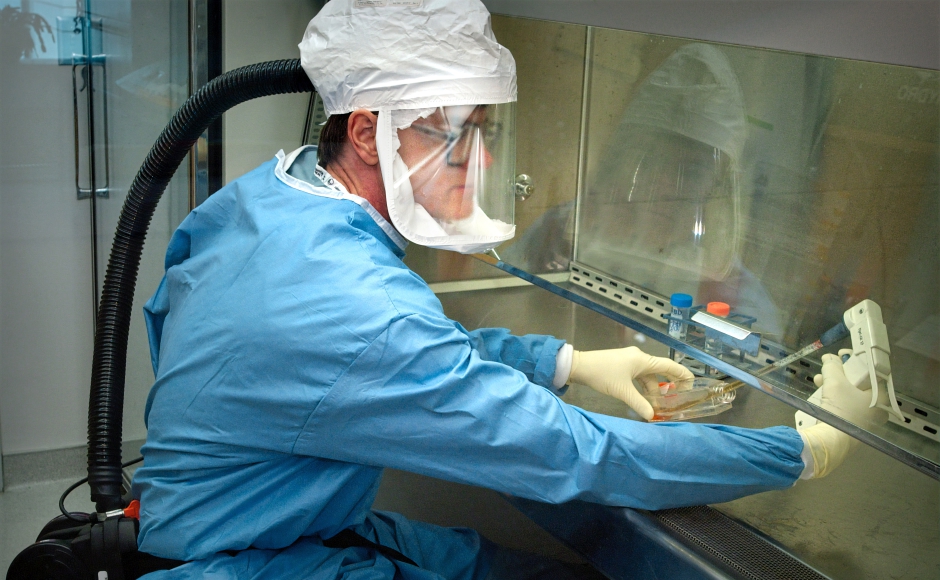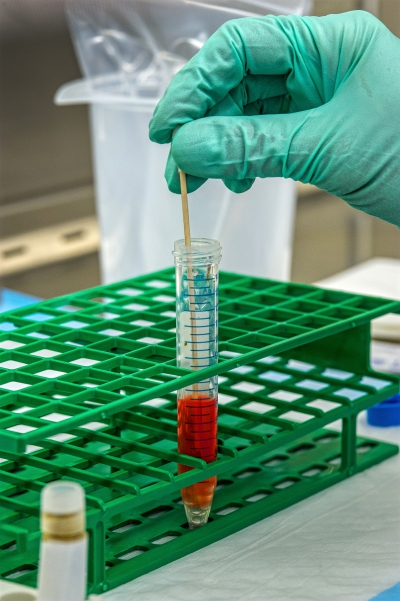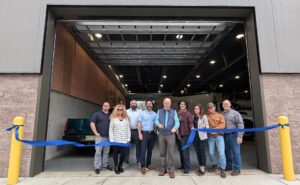Amid lagging communication and a need to rapidly identify COVID-19 sufferers, the federal agency is allowing state hospitals to confirm their own test samples.
By Katrina Janco | March 20, 2020
In the earliest days of novel coronavirus (COVID-19) testing, the first reports that filtered in from health officials described cases as being “presumed positive,” rather than simply “positive.”
That distinction was rooted in the need for the U.S. Centers for Disease Control (CDC) to confirm at its own laboratory patient samples gathered by healthcare workers across America.
Initially, the CDC defined samples as “presumed positive” if the patient produced at least one respiratory specimen that tested positive for the virus at a state or local laboratory.
The agency updated its collection guidance March 17 to include tests administered by nasal swab as well as those from patients with a productive cough.
Amid the volume of samples collected and the skyrocketing count of cases, however, the CDC has shifted its stance on presumptive positive cases, allowing states to confirm samples as positive for COVID-19 at their own labs.
“The CDC is no longer referring to coronavirus cases as presumptive positive if they come from state or local labs,” Camden County Health Department Director Anne Walters said. “At this moment, all positive tests are considered confirmed cases.”
Thankfully, Walter says the change didn’t affect the county’s response, as all presumptive positives have been treated as confirmed cases of COVID-19 from the beginning of the outbreak. However, Camden County has faced a shortage of testing kits, which has delayed its planned opening of a drive-through test site.
“To date, most of the testing kits have been supplied by the federal government or private labs, but we are working to secure additional kits from vendors so that we can increase our testing volume,” Walters said.
“We want to be able to test every person who exhibits symptoms or thinks they may have been exposed to the virus,” she said. “Unfortunately, that just has not been possible to date.”
Given the ever-changing nature of the situation and the sudden increase in testing nationwide, there’s no update on the turnaround time to confirm cases, Walters said. While waiting for test results, patients have been advised to follow the directions of their healthcare providers, self-quarantining or seeking elevated treatment as needed.

Camden County Health Department Director Anne Walters and Freeholder Director Lou Cappelli. Credit: Matt Skoufalos.
Although patients’ treatment doesn’t change when their tests are confirmed positive—“They will be treated as though their case was confirmed from the start,” Walters said—accurate testing informs policymakers’ responses to the pandemic.
Currently, the CDC recommends first calling your healthcare provider if you are “a close contact of someone with COVID-19 or… a resident in a community where there is ongoing spread of COVID-19 and develop symptoms.”
The need to be tested for novel coronavirus is determined by a healthcare provider.
Although testing is a critical part of the COVID-19 response, Walters emphasized that most people should be focused on combatting the virus at home and “flattening the curve” via social distancing.
“We need everyone to take this seriously, regardless of if they are young, old, healthy, or ill. This is a fight that we can win only if we work together,” she said.




